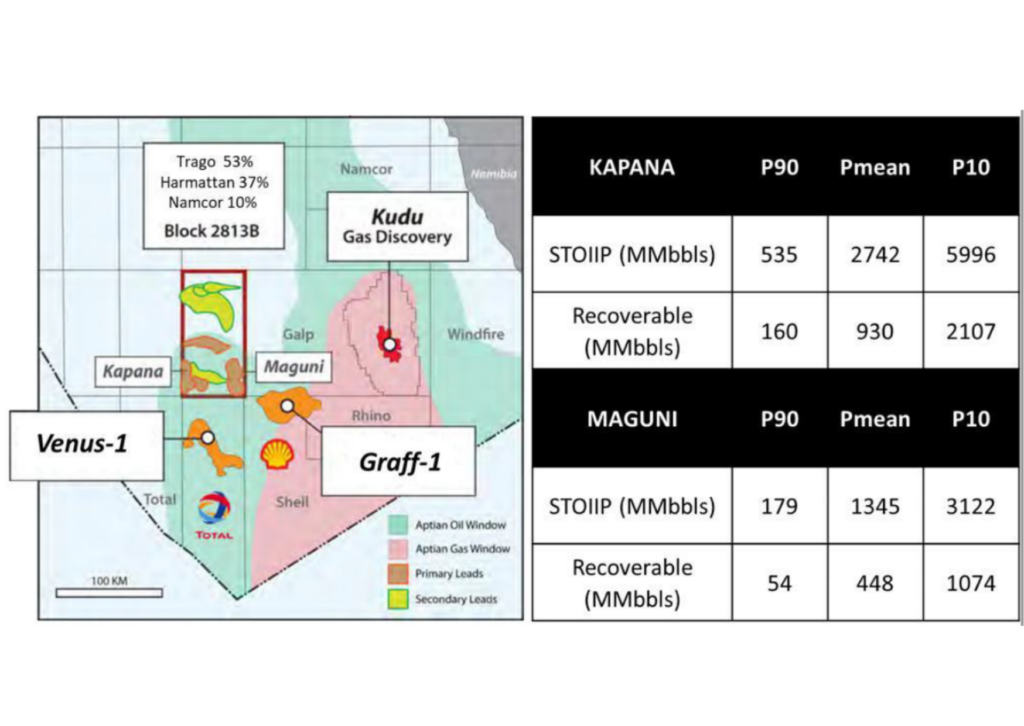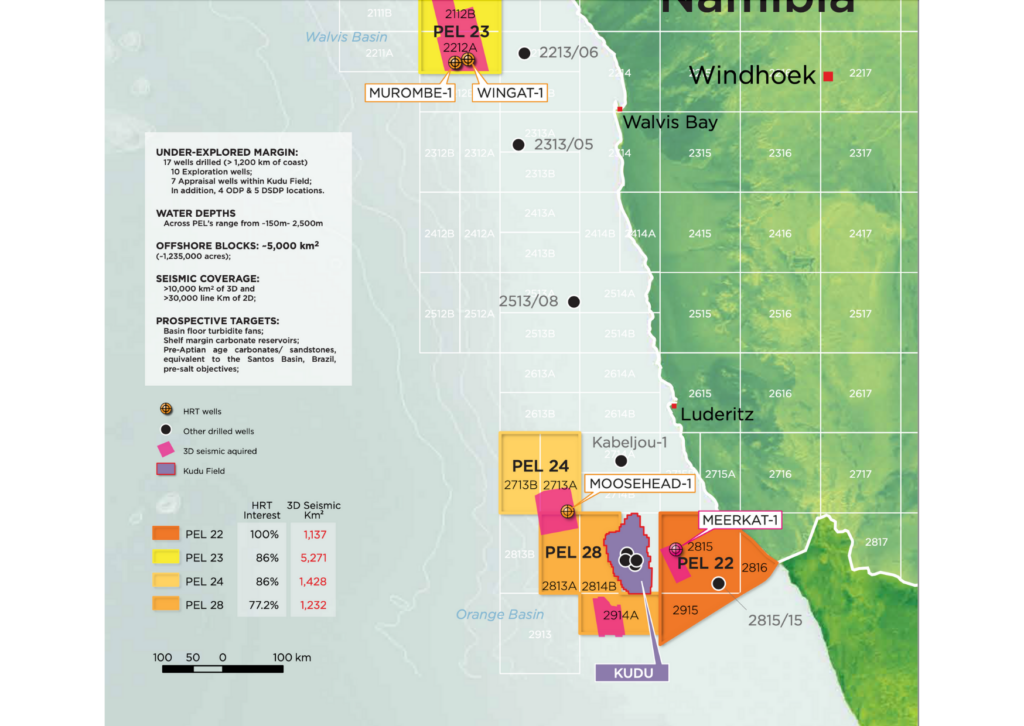Shell makes promising discovery in Namibia

Reuters reported earlier this week that Shell has made a significant oil and gas discovery at a closely-watched offshore well in Namibia that could spark a wave of investment in the southern African country. According to the article, the oil major has identified at least two reservoirs containing what one source described as a significant amount of oil and gas, with the drilling results having shown one layer of hydrocarbons at least 60 meters thick, holding an estimated 250-300 million boe. Meanwhile, Upstream previously reported that Shell identified one reservoir in the cretaceous. It is still unclear if the discovery is big enough for the oil major to go ahead with the development of the country’s first deep-water field, but an official announcement with more details on the Graff-1 well is expected over the coming weeks. Shell started drilling the well last December.
Developing new oil and gas fields in a country with no existing energy infrastructure and regulation could be challenging. But, following discoveries in neighboring South Africa, as well as Brazil and Guyana, which share geological similarities, Namibia’s offshore prospects have attracted many foreign companies in recent years, including Exxon Mobil and TotalEnergies.
Shell holds a 45% stake in offshore Petroleum Exploration License 39 (PEL 39), together with Qatar Petroleum (45%) and the National Petroleum Corporation of Namibia (10%).
TotalEnergies also recently started drilling its own Venus-1 exploration well at a depth of 3,000 meters in nearby Block 56.

Crazy is relative…
Let’s rewind some 30 years. In 1991, BPS President Marcio Rocha Mello first published a paper comparing the petroleum systems of the South Atlantic, hypothesizing about significant geological similarities between the Brazilian and West African deep-water coasts. In the years that followed, there were a slew of discoveries in Angola, proving the theory. But, with only a few shallow-water wells being drilled in Namibia, the country was yet to make a major find. Then, in 2000, Marcio published his first AAPG Memoir (2000), which included a study comparing sister basins in Brazil and Namibia (Santos and Orange, respectively), providing clear examples of almost perfect petroleum system analogs. For example, both basins feature lacustrine and marine source rocks, similar oil types, almost identical depositional environments, traps associated with basement highs and effective vertical migration pathways via normal fault networks. We should mention, however, that there are also some differences due to the lack of an Aptian salt section and higher thermal maturity along the Namibian coast. But, beyond that, the basins do indeed share almost identical petroleum system elements and processes, supporting Marcio’s call to “Go Deeper” in South Atlantic basins.
As time passed, Namibia remained in the back of Marcio’s mind. So, when an opportunity presented itself, his oil company at the time, HRT (now PetroRio), jumped at the opportunity to buy some offshore blocks in the country and began to proclaim that it would be the next South Atlantic oil giant. At the time, everybody said they were crazy, as no oil could possibly be present, only gas. But the hunt was on! HRT went on to drill three deep-water wells in Namibia, finding light oil in Wingat-1, although it came up sub-commercial. Unfortunately, that’s where the story ended for HRT in Namibia. Disagreements with investors, who continued to call Marcio crazy, eventually brought the Namibian dream to an untimely end before the final two wells of the initial exploratory campaign could be drilled (adjacent to Shell’s recent Graff-1 discovery, as it would turn out).

No love lost…
As many of you know, much of the BPS team dates back to the HRT days, and Namibia holds a special place in our hearts. So, about two years ago we decided to revisit our years of research and studies in hopes of launching a new geodatabase to support other players in bringing the Namibian dream to fruition. And that day is here! BPS is excited to announce the launch of our all-new Namibia Geodatabase. There’s nothing crazy about it! In fact, it is the most complete geodatabase of its kind, featuring years of data and reports on both onshore and offshore Namibia.
For more information on this exciting new tool to help those willing to take the plunge in Namibia, drop us a line
Home / Shell makes promising discovery in Namibia

